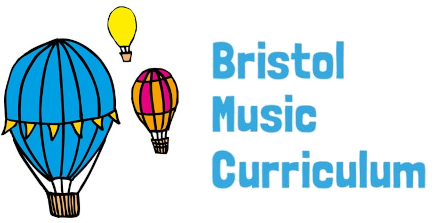Key Learning Objectives: To identify a number of features of 20th century/modern music. To compare features of music from two different historical periods. Starter activity: Introduce the pupils to modern/20th century music, using the provided Classic FM video. Discuss how this genre is seen to be a ‘break from the past’, highlighting key features and styles […]
Category: Unit 3
Year 6, Unit 3: Chronology – Lesson 4
Key Learning Objectives: To listen to incidental music written for Shakespeare’s play ‘The Tempest’ and identify Nationalistic features. To identify how a composer uses instruments to create an effect or paint a picture in the music. Starter activity: Listening and response exercise based on the provided video. Play the sound only from the video, encouraging the pupils […]
Year 6, Unit 3: Chronology – Lesson 3
Key Learning Objectives: To identify the key features of the Romantic music. To compare music from the same era and identify similarities. To explain how music can create a mood in terms of instruments, dynamics and texture. Starter activity: Introduce the music of the Romantic Period to the pupils by playing ‘Dance of the Knights’ by […]
Year 6, Unit 3: Chronology – Lesson 2
Key Learning Objectives: To recognise Baroque instruments. To identify Baroque decoration (ornamentation) in a given musical example. Starter activity: Listening and response exercise based on the work ‘The Fairy Queen’ by Purcell. Focus on identifying the instrumentation, in particular the harpsichord. Main activity: Listen to the provided clip, a good example of a Baroque da capo […]
Year 6, Unit 3: Chronology – Lesson 1
Key Learning Objectives: To identify some instruments from the Renaissance period. To learn to sing a song from the Renaissance period. To identify some features of a Madrigal. Starter activity: Listening and response exercise based on the work ‘Sing we and Chant it’ by the English composer Thomas Morley, as an introduction to the Renaissance […]
Year 5, Unit 3: Singing – Lesson 6
Key Learning Objectives: To learn to play an instrumental accompaniment and maintain a line in an ensemble. To maintain a vocal line in a three part song. To recognise an octave. Starter activity: Revisit part three of ‘Rock a my soul’, pupils to sing or play a pair of notes to each other with […]
Year 5, Unit 3: Singing – Lesson 5
Key Learning Objectives: To identify steps and leaps in a song. To perform 3 vocal parts. Starter activity: Choose an activity from the Pitch and Vocal starter bank. Main activity: Listening and response exercise, based on the track ‘Rock-a-my-Soul’ . Challenge the pupils to draw a line to represent the pitch of Part one, two and three, […]
Year 5, Unit 3: Singing – Lesson 4
Key Learning Objectives: To be able to trace the pitch of a musical line. To be able to sing/play and maintain a musical line as part of a performance. Starter activity: Choose an activity from the Pitch and Vocal starter bank. Main activity: Revisit the track ‘Young Rider’, singing the melodic line with the accompaniment. Focus on […]
Year 5, Unit 3: Singing – Lesson 3
Key Learning Objective: To identify, sing and perform intervals/leaps in a melody. Starter activity: Choose an activity from the Pitch and Vocal starter bank. Main activity: Listening and response activity based on the track, ‘Young Rider’. Learn the song, focusing on the shape of the melodic line, ensuring the different intervals are pitched correctly. Plenary: Give the children […]
Year 5, Unit 3: Singing – Lesson 2
Key Learning Objectives: To maintain a musical line in a part song – melody/ostinato. Starter activity: Choose an activity from the Pitch and Vocal starter bank. Play the performance track of ‘Wimoweh’, asking the pupils to march in time with the pulse for 8 bars. When the melody enters, ask the pupils to continue marching but […]
